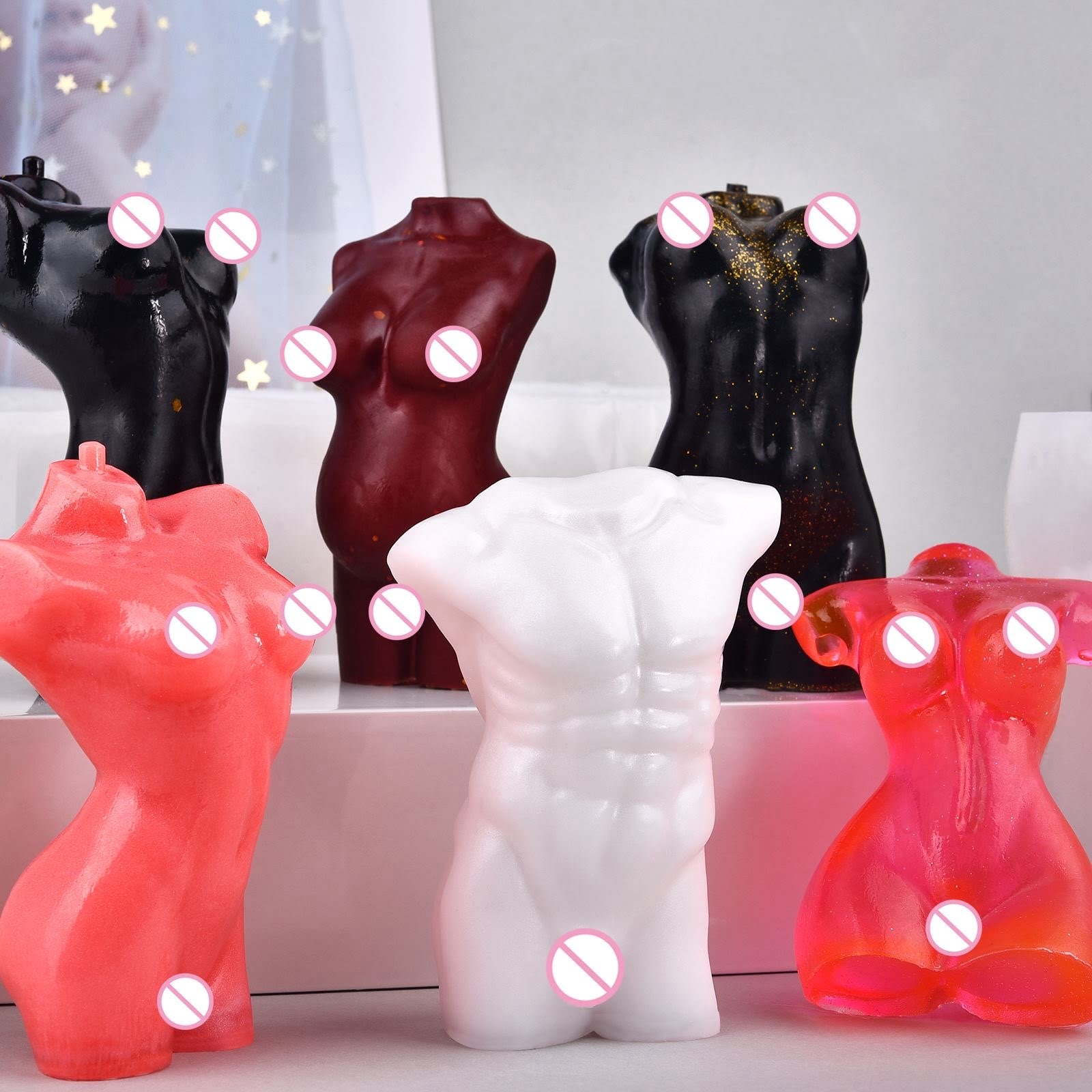Candle making is a popular craft that allows individuals to create beautiful and aromatic candles for various purposes. However, there are important factors that need to be considered in order to ensure the safety and quality of these candles. One such factor is the flash point.
Flash point refers to the temperature at which a substance can emit vapors that can ignite when exposed to an open flame or spark. In candle making, understanding and considering the flash point is crucial in order to create safe and well-performing candles.
In relation to candle making, the flash point is defined as the temperature at which the wax releases vapor that can catch fire when exposed to an ignition source. This is a critical aspect of candle making because it determines not only the safety of the final product but also its performance. Different waxes have varying flash points, and by understanding these ratings, candle makers can make informed choices about which type of wax to use for their specific techniques.
The importance of considering flash point in candle making cannot be overstated. Failure to consider this factor can lead to potential fire hazards or poor quality candles that do not burn properly. By having a clear understanding of what flash point means in candle making, artisans can take necessary precautions while formulating their candles and selecting appropriate fragrance oils. Ultimately, this knowledge will contribute to the overall success and safety of their candle-making endeavors.
The Science Behind Flash Point in Candle Making
Candle making is not just a craft but also a science. Understanding the science behind the flash point in candle making is crucial for producing safe and high-quality candles.
The flash point refers to the temperature at which a substance vaporizes and can ignite when exposed to an open flame or spark. In candle making, it is important to determine the flash point of the materials used, such as waxes and fragrance oils, to ensure proper safety measures are taken during both the manufacturing process and when using candles.
Explanation of Chemical Reactions in Candle Making
To understand the significance of flash point in candle making, it is essential to grasp the chemical reactions involved. When a candle burns, it undergoes two main reactions: combustion and vaporization. Combustion occurs when heat from a flame melts wax, causing it to react with oxygen in the air and release energy in the form of light and heat. Vaporization refers to the process where wax molecules transform into a gas state.
Role of Flash Point in Safety and Performance
The flash point plays a crucial role in determining the safety and performance of candles. A high flash point indicates that a substance requires higher temperatures for ignition, reducing the likelihood of accidental fires or explosions during production or use. This ensures that candles can be used safely without posing significant risks.
Additionally, flash point affects how efficiently a candle burns. If a wax has a high flash point, it tends to burn slower because it requires more heat to vaporize completely. On the other hand, waxes with low flash points may burn too quickly or release excessive smoke due to rapid vaporization at lower temperatures.
By understanding these chemical reactions and considering flash points when selecting materials for candle making, artisans can create safer candles with improved burning characteristics for an enhanced experience.
Different Types of Waxes and their Varying Flash Point Ratings
Not all waxes have the same flash point ratings, making it essential to understand the differences when choosing materials for candle making. Some common types of candle wax include paraffin wax, soy wax, beeswax, and palm wax.
Paraffin wax is a popular choice among candle makers due to its low cost and ease of use. However, it has a relatively low flash point compared to other waxes. Soy wax, on the other hand, generally has a higher flash point than paraffin and is known for its clean-burning properties. Beeswax and palm wax also tend to have higher flash points compared to paraffin.
It is important for candle makers to consider the type of candle they are creating and the desired burning characteristics when selecting a wax with an appropriate flash point. This ensures that safety measures are met and candles perform optimally.
How Flash Point Affects Wax Choice for Different Candle Making Techniques
In addition to considering the type of wax being used, understanding how flash point affects different candle making techniques is crucial. Depending on the technique employed – such as container candles, pillar candles, or taper candles – different factors come into play when selecting suitable materials.
For instance, container candles often utilize waxes with lower flash points since they provide better glass adhesion during the curing process. On the other hand, pillar candles require waxes with higher melting points and higher flash points as they need to hold their shape without melting or collapsing.
By taking into account the specific technique being employed in candle making along with the desired aesthetics and functionality of the final product, artisans can make informed decisions about which waxes are best suited for their needs.
Understanding Flash Point Ratings for Candle Wax
The flash point rating of candle wax plays a crucial role in determining the safety and performance of candles. Candle makers must have a clear understanding of flash point and its implications when selecting the appropriate wax for their candle making techniques.
Different Types of Waxes and their Varying Flash Point Ratings
There are various types of waxes available for candle making, each with different flash point ratings. Understanding these ratings is essential to ensure that the chosen wax is suitable for the desired candle characteristics and usage.
Paraffin wax, one of the most commonly used waxes in candle making, has a wide range of flash points depending on its formulation. The flash point can vary from 130°F (54°C) for low-melt paraffin to 200°F (93°C) for high-melt paraffin. It is important to note that low-melt paraffin candles have a higher risk of dripping or melting quickly, while high-melt paraffin candles tend to be more stable and burn longer.
Soy wax, another popular choice among candle makers due to its natural properties, generally has a lower flash point compared to paraffin wax. The flash point for soy wax typically ranges from 110°F (43°C) to 150°F (66°C). While soy candles may require slightly lower burning temperatures than paraffin candles, they can still provide excellent scent throw and burn times if crafted properly.
Beeswax, which is known for its clean burn and natural fragrance, has a significantly higher flash point than both paraffin and soy waxes. The flash point for beeswax typically falls between 390°F (199°C) to 420°F (216°C). Beeswax candles are less susceptible to heat damage and offer a longer burn time, making them an ideal choice for pillar or container candles.
How Flash Point Affects the Choice of Wax for Different Candle Making Techniques
The flash point of candle wax is an essential consideration when choosing the appropriate wax for specific candle making techniques. For instance, if a candle maker wants to create container candles with the hot pour method, they would need a wax with a higher flash point to prevent the containers from cracking due to excessive heat. In this case, high-melt paraffin and beeswax would be suitable options.
On the other hand, if a candle maker wishes to create taper or pillar candles using the traditional hand-dipping method, lower-flash-point waxes like soy wax or low-melt paraffin would be more suitable. These waxes ensure that the repeated dipping and cooling process can be accomplished without overheating the wax or causing any damage.
Understanding how flash point ratings vary between different types of waxes allows candle makers to make informed decisions about which wax is best suited for their intended candle design and technique. Additionally, it is crucial to always refer to safety guidelines provided by manufacturers when working with any type of candle wax.
Choosing the Right Fragrance Oils Based on Flash Point
When it comes to candle making, choosing the right fragrance oils is crucial for creating scented candles that not only smell amazing but also maintain a safe flash point. The flash point of a candle refers to the temperature at which its vapor can ignite when exposed to an open flame. Therefore, it is essential to consider the flash point of fragrance oils before incorporating them into your candle making process.
Different fragrance oils have varying flash points, and understanding these ratings will help you determine their compatibility with your chosen candle wax. It’s important to note that fragrance oils with lower flash points can increase the risk of combustion when exposed to heat or an open flame. On the other hand, fragrance oils with higher flash points tend to be safer and more suitable for candle making.
To ensure safety and quality in your candles, it is recommended to select fragrance oils that align with the flash point range specified for your chosen wax. For example, if you are working with a low-flash-point wax, such as soy wax, it is advisable to choose fragrance oils that also have a low flash point. This ensures that the scent blends harmoniously with the wax without compromising safety.
To assist candle makers in finding the right combination of fragrance oil and wax, there are industry standards and guidelines available that provide information on specific flash point ratings. These resources help ensure that your final product meets both aesthetic preferences and safety requirements.
Flash Point Testing Methods for Candle Makers
In order to ensure the safety and performance of candles, candle makers need to have a thorough understanding of flash point and conduct proper testing. Flash point testing is crucial as it helps determine the temperature at which a candle’s vapors can ignite when exposed to an open flame or spark. This information is essential for consumers’ safety and can also guide candle makers in choosing the right materials and ingredients for their products.
There are several commonly used methods for testing flash point in candle making. One such method is the Pensky-Martens Closed Cup (PMCC) test, which involves heating a sample of the candle wax or fragrance oil in a closed cup apparatus until a small flame ignites on the surface. The lowest temperature at which this happens is recorded as the flash point.
Another widely used method is the Tag Open Cup (TOC) test. This method involves using an open cup apparatus where a small flame, usually from a gas burner, is passed over the surface of the sample to determine at what temperature it ignites. The flash point is again recorded as the lowest temperature observed during this process.
Both these testing methods provide reliable results for determining flash points in candle making. However, it’s important to note that each method has its own advantages and limitations. Candle makers should choose the appropriate testing method based on their specific needs and resources.
| Testing Method | Advantages | Limitations |
|---|---|---|
| Pensky-Martens Closed Cup (PMCC) | – Provides more accurate results due to closed cup environment
| – Requires specialized equipment and procedures
|
| Tag Open Cup (TOC) | – Relatively simple setup and procedure
| – May be less precise than PMCC due to open cup environment
|
Proper flash point testing is essential for candle makers to ensure the safety of their products. By understanding the science behind flash point, conducting accurate tests, and adhering to recommended safety standards, candle makers can create candles that not only look beautiful but also provide a safe burning experience for consumers.
Ensuring Safety
Flash Point is not only important during the candle making process, but it also plays a crucial role in ensuring safety when using candles. The flash point of a candle refers to the minimum temperature at which its vapors can ignite when exposed to an open flame or spark. Understanding and considering flash point is essential to prevent accidents and maintain a safe environment while enjoying the beauty and fragrance of candles.
Candles with a low flash point are more likely to produce higher flames, intense heat, and emit volatile compounds into the air. This can create a hazardous situation, especially if the candles are placed too close to flammable materials or if they are left unattended. On the other hand, candles with a high flash point are less likely to cause accidents because their ignition temperature is much higher.
To ensure safety when using candles, it is important to pay attention to their flash points. Always opt for candles with a higher flash point rating as they have been designed and tested for safe use. Additionally, follow best practices such as never leaving lit candles unattended, placing them away from flammable objects and drafts of air, and trimming the wick appropriately to prevent smoking or sparking.
In summary, understanding the importance of flash point in candle use is crucial for maintaining safety. By choosing candles with appropriate flash point ratings and following safety guidelines, individuals can enjoy the ambiance and fragrance of candles without putting themselves or their surroundings at risk.
| Flash Point Rating | Characteristics |
|---|---|
| Below 130°F (54°C) | Highly flammable, may produce large flames |
| 130-180°F (54-82°C) | Moderately flammable, moderate flame production |
| Above 180°F (82°C) | Less flammable, low flame production |
Enhancing Candle Aesthetics while Maintaining Flash Point Safety
Candle makers are not only concerned with the safety and performance of their candles, but also with creating visually appealing products. This is where the balance between enhancing candle aesthetics and maintaining flash point safety becomes crucial. By understanding how to achieve this balance, candle makers can create beautiful candles without compromising on safety.
One way to enhance candle aesthetics while maintaining flash point safety is by using creative tips and techniques in the candle making process. Candle makers can experiment with different colors, textures, and shapes to make their candles stand out. For example, adding colorants or using unique molds can create visually stunning results.
It’s important to note that when introducing new ingredients or techniques, candle makers must take into consideration the impact on the flash point of their candles. Certain materials or methods may lower the flash point of a candle, which can compromise its safety. By carefully testing and evaluating these changes, candle makers can ensure that their candles remain safe for use.
Another approach to enhancing candle aesthetics while maintaining flash point safety is by exploring alternative ingredients. For example, instead of using traditional fragrance oils that may have lower flash points, candle makers can consider using essential oils or botanical extracts. These natural ingredients not only add beautiful scents to candles but can also contribute to their overall visual appeal.
Additionally, some candle makers may choose to incorporate decorative elements like dried flowers or herbs into their designs. However, it’s important to remember that these additions should be carefully chosen and tested for their impact on the flash point of the candles.
Conclusion
In conclusion, understanding and mastering the concept of flash point is crucial for successful and safe candle making. Flash point, which refers to the temperature at which a volatile substance can ignite, plays a significant role in determining the safety, performance, and aesthetic appeal of candles.
Throughout this article, we have explored the science behind flash point in candle making and its importance in choosing the right wax and fragrance oils. We have also discussed various testing methods to determine flash point and highlighted the precautions that must be taken when using candles with different flash point levels.
To ensure both quality and safety in candle making, it is essential for candle makers to have a proper understanding of flash point ratings and their implications. By selecting waxes with appropriate flash points, considering compatibility between fragrance oils and wax through flash point ratings, and following recommended safety measures during candle use, one can create beautiful candles while minimizing potential risks.
Ultimately, mastering flash point allows candle makers to achieve their desired results while maintaining the integrity of their products. It is important to remember that not only does understanding flash point enable us to create visually appealing candles but most importantly, it ensures that these creations are safe for use.
By continually educating ourselves on this aspect of candle making and always prioritizing safety, we can guarantee successful outcomes in our craft while providing peace of mind to those who enjoy our candles.
Frequently Asked Questions
What is the best flash point for candles?
The flash point for candles refers to the temperature at which the candle wax vapors can ignite when exposed to an open flame or spark. The best flash point for candles is typically around 130-150 degrees Fahrenheit (54-66 degrees Celsius).
This range allows the candle to burn steadily and evenly without producing excessive soot or posing a significant fire hazard. A higher flash point ensures better safety, while a lower flash point might result in excessive smoking and potentially dangerous flare-ups.
What is the flashpoint of soy wax?
The flashpoint of soy wax generally ranges between 120-145 degrees Fahrenheit (49-63 degrees Celsius). Soy wax is derived from soybean oil and has gained popularity in candle-making due to its eco-friendly nature and clean burn.
Its relatively low flash point makes it easier to work with, as it requires less heat during the melting and pouring process compared to other waxes. However, it is crucial for candle makers to follow specific guidelines and recommendations provided by the manufacturer regarding the proper handling and heating temperatures for soy wax.
What does flash point of wax mean?
The flash point of wax refers to the temperature at which the wax releases enough vapor that these vapors can ignite when exposed to an open flame or spark. Essentially, it indicates how easily a particular type of wax can catch fire under specific conditions.
Knowing the flash point is essential for handling and storing waxes safely, especially in industries like candle-making where flammable materials are involved. By understanding a wax’s flash point, manufacturers can determine suitable operating temperatures during production processes while ensuring user safety by preventing accidental fires or hazardous situations that may arise from improper handling or storage of flammable substances.

Welcome to my candle making blog! In this blog, I will be sharing my tips and tricks for making candles. I will also be sharing some of my favorite recipes.





